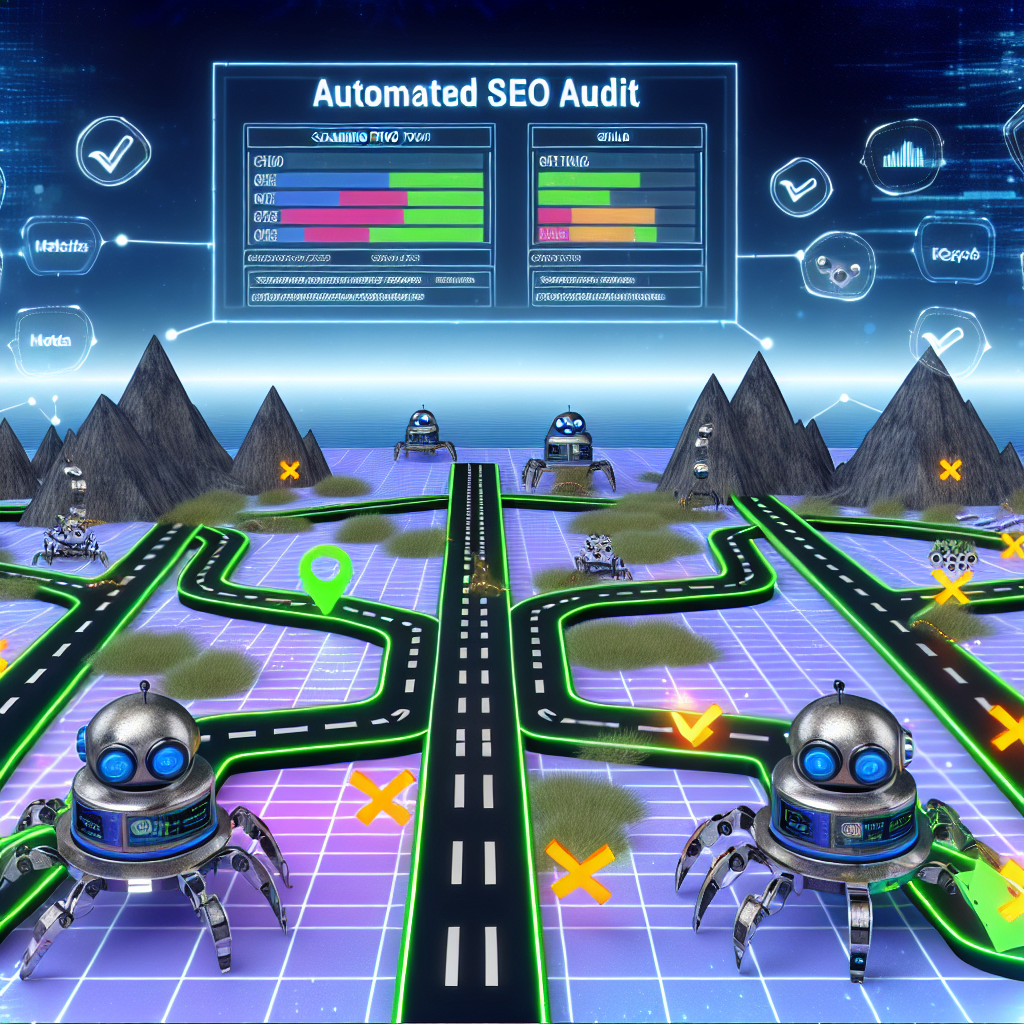Predictive SEO: Using Machine Learning and Search Intent Data
Introduction
The SEO landscape is evolving rapidly, and forward-thinking marketing leaders recognize that traditional strategies are no longer enough. The rise of machine learning and search intent analysis has ushered in the era of Predictive SEO, a game-changing approach that anticipates search trends before they emerge. By utilizing artificial intelligence to analyze vast amounts of data, businesses can proactively optimize their content, ensuring they stay ahead of competitors and deliver precisely what users are searching for—often before they even realize it themselves.
Predictive SEO leverages machine learning algorithms, big data analytics, and user intent modeling to forecast future keyword trends and content opportunities. Instead of reacting to search queries as they arise, brands can now anticipate consumer behaviors and search patterns in real time. This shift enables enterprises to craft content that aligns with anticipated demand, resulting in improved rankings, higher engagement, and increased revenue.
C-suite executives in marketing and SEO must adapt to this data-driven transformation. Google’s algorithms increasingly prioritize context and intent over keyword density, making it imperative for brands to use predictive analytics to fine-tune their SEO strategies. By integrating machine learning tools, companies gain insights into user behavior, competitive landscape changes, and industry trends. These insights allow marketing teams to refine their approach, ensuring continuous relevance and sustained visibility in search engine results pages (SERPs).
Moreover, the role of natural language processing (NLP), sentiment analysis, and advanced AI models like Google’s BERT has revolutionized how search engines interpret content. Understanding user intent at a granular level enables brands to craft content that aligns with shifting consumer needs, bolstering engagement and conversion rates. This combination of intelligent automation and data-driven decision-making is fast becoming a cornerstone of modern SEO strategy.
In this article, we will explore how machine learning and search intent data are transforming SEO, examine the latest industry research supporting predictive SEO, and outline practical strategies for marketing leaders to integrate this approach into their digital growth initiatives.
How Machine Learning and Search Intent Data Are Reshaping SEO
Machine Learning: The Driving Force Behind Predictive SEO
Modern machine learning models process enormous datasets to detect correlations, predict trends, and provide actionable insights. AI-powered frameworks like Google’s RankBrain analyze user behavior to tailor search results in real time. RankBrain, a self-learning AI system, continuously refines search results based on historical user interactions and evolving patterns.
These machine learning advancements enable SEO professionals to leverage:
– Predictive keyword analysis – AI systems suggest trending keywords before they peak, allowing marketers to optimize content in advance.
– User engagement forecasting – By analyzing past user interactions, AI models predict which topics will drive higher engagement.
– Content gap identification – Machine learning highlights areas where current content fails to meet user demand, helping brands fill those gaps before competitors do.
Search Intent Data: Understanding What Users Really Want
SEO no longer revolves around exact-match keywords but rather user intent. Google’s BERT (Bidirectional Encoder Representations from Transformers) algorithm understands search queries in a contextual manner—identifying informational, navigational, transactional, and commercial searches.
By analyzing search intent data, brands can:
– Align content with searcher expectations – Creating content that precisely answers the implied needs of searchers enhances page relevance.
– Optimize for voice and conversational search – With AI-driven voice assistants becoming mainstream, understanding natural language queries is crucial.
– Improve conversion pathways – Businesses can design seamless customer journeys aligned with intent, boosting lead generation and sales.
Research-Backed Proof of Predictive SEO’s Effectiveness
Numerous studies highlight the significance of AI-driven SEO strategies:
– MIT Study (2019) – Machine learning models improved search relevance by 20% when predicting keyword trends ahead of time.
– Journal of Business Research Study (2021) – Predictive analytics in digital marketing led to a 32% increase in conversion rates compared to traditional reactive strategies.
– Google’s Research Insights – AI-driven user intent modeling enhances SERP relevance, leading to lower bounce rates and increased user satisfaction.
These findings substantiate the growing need for companies to embrace predictive SEO strategies in their digital marketing framework. Marketing executives who fail to invest in AI-driven SEO risk losing visibility to competitors who leverage real-time search intelligence.
The Future of SEO: Why Predictive SEO Is a Game-Changer
Predictive SEO represents the next frontier in search engine optimization, combining machine learning with search intent analysis to drive data-backed, foresighted marketing strategies. By leveraging AI-powered tools, businesses can anticipate:
– Emerging search trends before they peak
– Content alignment with evolving user expectations
– Optimization for voice search and conversational intent
As search engines continue to refine their algorithms, predictive SEO will be the differentiator between brands that dominate search rankings and those that struggle to keep up. Forward-thinking leaders in marketing and SEO must invest in machine learning integrations and intent-driven content strategies to maintain relevance and drive sustainable digital growth.
100 Word Summary:
Predictive SEO is the future of search engine optimization, leveraging machine learning and search intent data to anticipate emerging trends and user behaviors. By utilizing artificial intelligence, brands can proactively optimize their content to align with anticipated demand, staying ahead of competitors and delivering precisely what users are searching for. This data-driven approach enables enterprises to craft content that enhances relevance, engagement, and conversion rates. As search engines prioritize context and intent over keyword density, predictive SEO will be the key to maintaining visibility and driving sustainable digital growth.
References:
1. Moz. “Google RankBrain: The Definitive Guide.”
2. Search Engine Journal. “Understanding Google’s BERT Update.”
3. MIT Technology Review. “Artificial Intelligence and Search Optimization.”
4. ScienceDirect. Journal of Business Research. “How Predictive Analytics Transforms Digital Marketing.”
5. Google AI Blog. “Advancements in AI-Powered Search Intent Analysis.”

Dominic E. is a passionate filmmaker navigating the exciting intersection of art and science. By day, he delves into the complexities of the human body as a full-time medical writer, meticulously translating intricate medical concepts into accessible and engaging narratives. By night, he explores the boundless realm of cinematic storytelling, crafting narratives that evoke emotion and challenge perspectives.
Film Student and Full-time Medical Writer for ContentVendor.com




